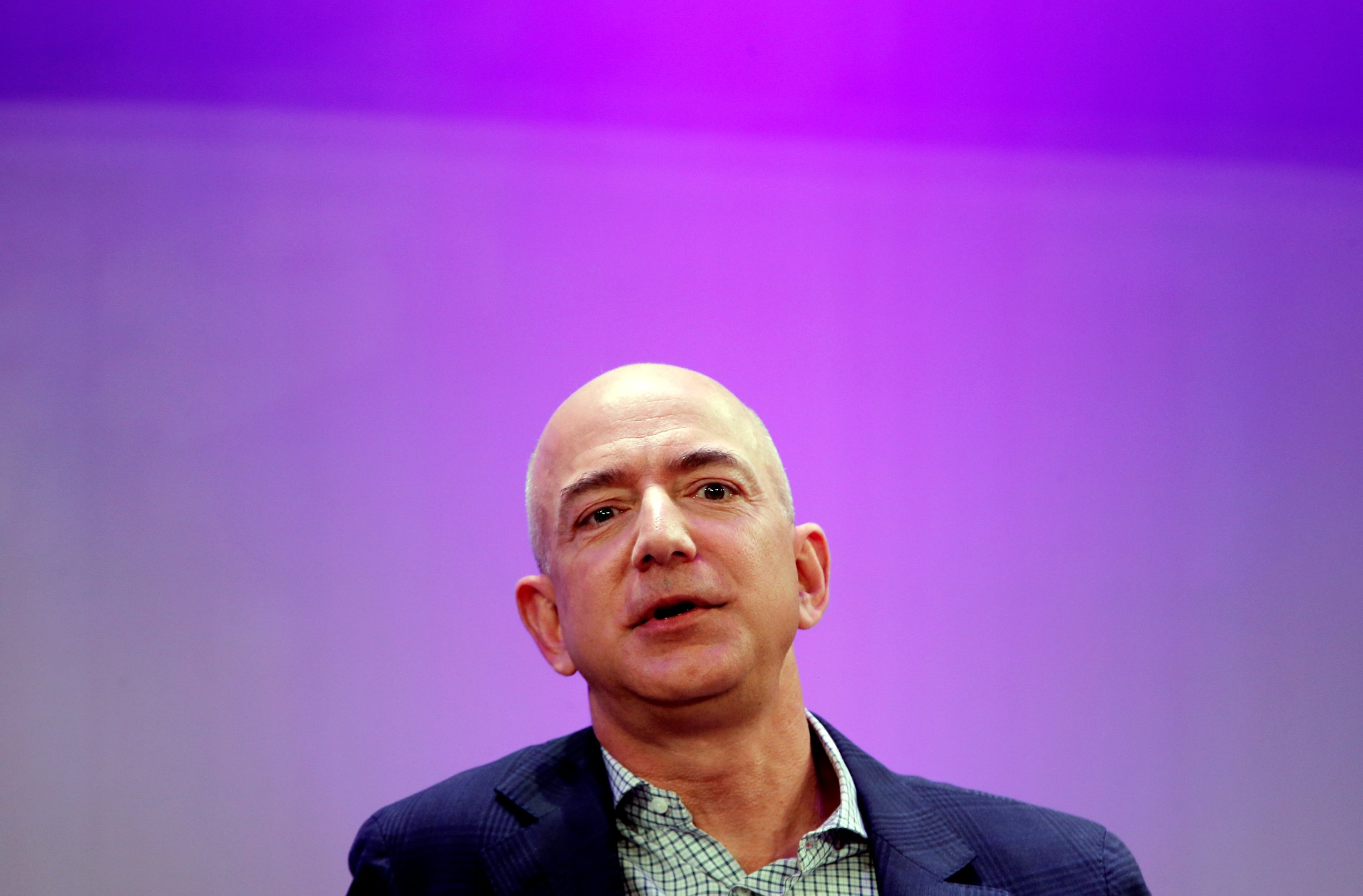
The one thing everyone knew about Amazon’s nearly nine-year-old cloud business was that it was massive. But actual details were scarce, to say the least. That changed Thursday when Amazon corporate broke out Amazon Web Services sales and revenue for the very first time on its first quarter earnings call.
Drumroll please. For the quarter, AWS logged $1.57 billion in revenue, up 49 percent from the year-ago period. Perhaps a bigger deal: It logged operating income of $265 million for the quarter, up from $245 million a year ago. And for the first time Amazon CEO Jeff Bezos, put a number on the AWS business. In a statement he characterized Amazon’s cloud as “a $5 billion business and still growing fast — in fact it’s accelerating.”
Up until now, here’s what we knew about AWS: In November, Amazon execs claimed 1 million business customers and a 40 percent year-over-year growth rate. But growth from what number to what number was a closely held secret. AWS figures were buried in the overall North American Sales “Other” category which included branded credit cards and other stuff. Technology Business Research Analyst Jillian Mirandi projected that AWS made up 90 percent of that category, but no one outside of Amazon’s executive suite really knew for sure.
For the record, net sales for that “other” category including AWS was $1.67 billion for the fourth quarter ending January 31, 2014 and $1.204 billion for the first quarter last year.
There were plenty of educated guesses though. Most recently a Deutsche Bank analysts estimated AWS to be $6 billion/year business (albeit an unprofitable one) and roughly 10 times the size of Microsoft’s cloud business.
AWS has been a runaway train in public cloud services—where companies’ workloads share massive pools of computing, storage, and networking infrastructure run by AWS. That’s because it has had that market to itself since 2006 and was noted for launching unilateral price cuts on basic services while also introducing higher end (and more pricey) database and other services. Developers at companies large and small loved AWS because they could quickly—often with their own credit cards—launch new applications and test them very quickly. AWS use spread like wildfire among that substrata of IT users.
But now, AWS is seeing competition from big and very-well funded competitors including Microsoft, Google, IBM, and a cadre of telecommunications companies all pitching cloud services not only to developers but to CEOs, chief information officers, and mucky-mucks at big companies, most of whom get nervous about the idea of “shared” infrastructure when it comes to their precious corporate data and applications.
For its third quarter, Microsoft said its “commercial cloud” business, which includes, but is not limited to Azure, was up 106 percent year over year, and now represents $6.3 billion in annual revenue.
In this race AWS has to compete with other cloud vendors that have entrenched relationships with big customer executives. It registered a seismic coup two years ago when it beat out IBM for a coveted deal to build a CIA cloud even though it bid more than IBM did on that business. That win gave AWS credibility among other security-conscious users and showed a willingness by AWS to adapt its model if the customer was big enough.
Perhaps more important, it is no longer able to call the shots on pricing. Last year Google started undercutting Amazon pricing on some basic services—meaning that, for the first time, AWS had to respond to someone else’s price pressure.
But AWS is no longer alone, and at a time when it’s trying to appeal up market to CEOs and CIOs as well as to its more traditional base of developers and programmers, it is facing stiff competition.
This article originally appeared on Fortune.com
More Must-Reads from TIME
- Where Trump 2.0 Will Differ From 1.0
- How Elon Musk Became a Kingmaker
- The Power—And Limits—of Peer Support
- The 100 Must-Read Books of 2024
- Column: If Optimism Feels Ridiculous Now, Try Hope
- The Future of Climate Action Is Trade Policy
- FX’s Say Nothing Is the Must-Watch Political Thriller of 2024
- Merle Bombardieri Is Helping People Make the Baby Decision
Contact us at letters@time.com